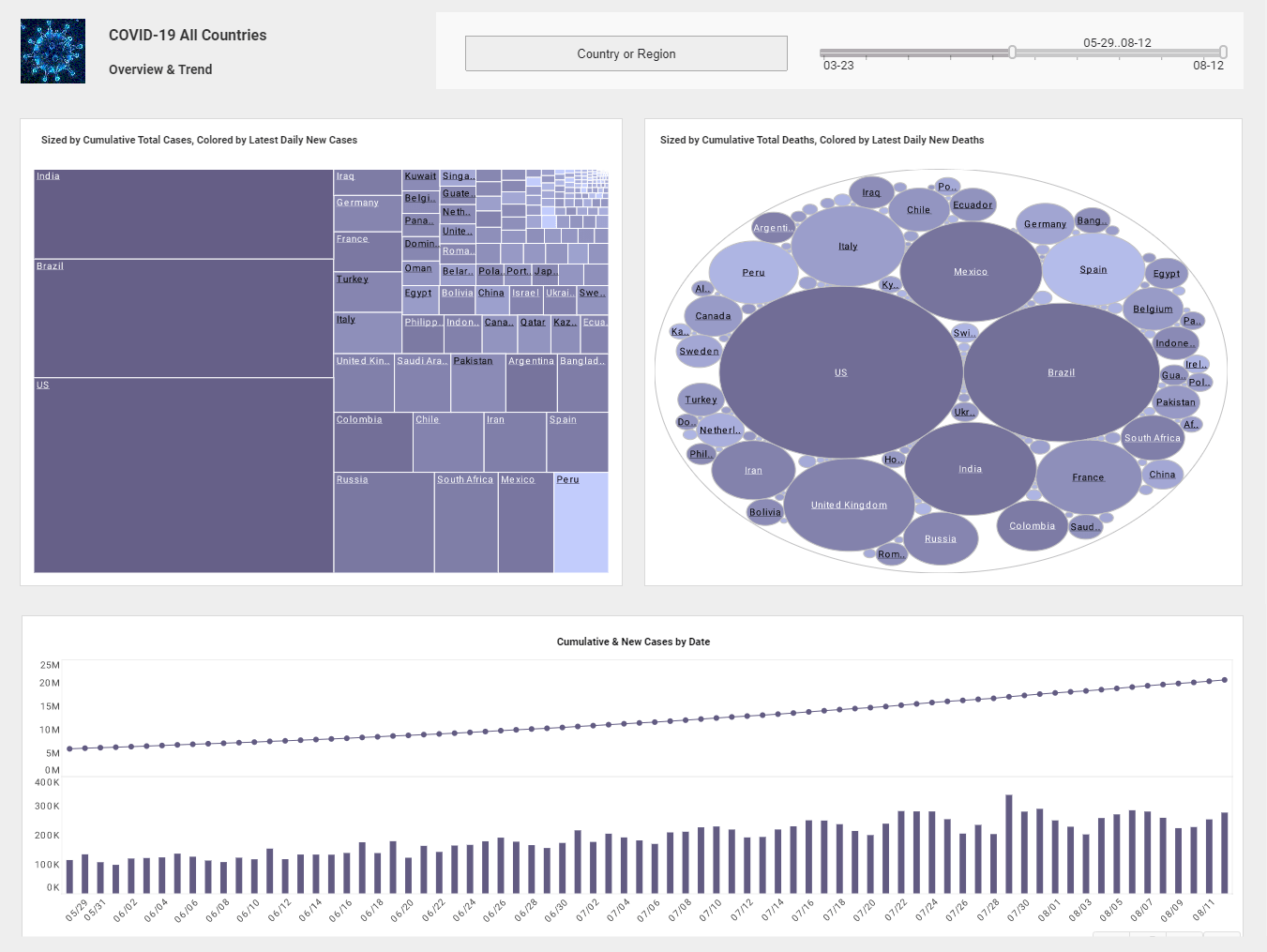InetSoft Webinar: The Most Common Users of Mobile BI
This is the continuation of the transcript of a Webinar hosted by InetSoft on the topic of "How to Implement Business Analytics." The speaker is Abhishek Gupta, Product Manager at InetSoft.
The next question is who are the most common users of mobile BI.
I find it’s very interesting that number one, the early adopter users are executives, and I will tell you that if you can get a dashboard, ideally one with an exploration view to do self service discovery and exploration into the hands of your executives, you will get the budget and funding to be able to deploy that across your entire organization.
They absolutely rely on it like they do on their smartphones, their e-mai,l or their texts, it is something they look that often. And so yes, executives are the early adopters. I also see sales organizations being the early adopters, managing deals, managing accounts, and managing customers. Marketing organizations has been highly interested in managing promotions and adjusting promotions in real-time.
So I see a lot of and them. Of course, operations is where we’re seeing the newest use cases, and this is in the plant and in the inventory centers, in the back office areas where the inventory is in the warehouses. Logistics is another area, where they’re providing it to the drivers so the people in logistics are better able to route and deliver goods. We’re seeing it really with store managers. We’re seeing it across the board where the executives and field staff are the early adapters, and we’re seeing a ramp up in operations as well.
| #1 Ranking: Read how InetSoft was rated #1 for user adoption in G2's user survey-based index | Read More |
The first users not surprisingly were executives. They had the budget, and the ability to deliver a new technology is not surprisingly going to senior executives at that point in time. So definitely they were the earlier adopters, but as a technology is improved and as the ubiquity of mobile devices, smartphones particularly, has increased, you’re seeing it with a lot of the frontline line business managers and decision makers.
Store managers in the retail environment are looking to get real-time data on buying habits and trends. Service organizations need that mobile access to data about customers and trends and the equipment that they’re servicing and things of that nature. So it has very much spread outside of just the mahogany row and into the ranks of line of business decision makers as well.
The last question is how does collaboration play into analytics?
It’s just a short answer for me here. Collaborative analytics are really the ability to bring multiple perspectives in on the interpretation and the creation of insight. It is something that few people are doing well, but the potential there is really enormous, when you think about all the different channels and the pathways of getting information. Collaborating on something, whether it’d be through public social or internal social networks or what not presents opportunities. There are major opportunities to understand what’s going on in the business, getting perspectives from people both inside and outside of the company.
We hear from our customers that they really want to be able to collaborate from within the analytics. So we get that, it’s confusing if you have to go outside into other collaboration tools and cut and paste the analytics that you’re looking at, and that is really important because most people are wanting to collaborate to make decisions together. So what we’ve done is integrated collaboration our analytic tools.
Read what InetSoft customers and partners have said about their selection of Style Scope for their solution for dashboard reporting. |
In our next version of our mobile release for analytics we have them integrated. So you can have discussions. We also have the ability for you to do e-mail, so you can e-mail from right within the BI platform and send a link. You and your team can actually collaborate right there and have a place where you can keep kind of that discussion around the analytics instead of it floating away in e-mail land or collaboration land. So that’s how we’re focused on it right now to meet their needs.
| Previous: The Most Time Consuming Aspect of Analytics |



